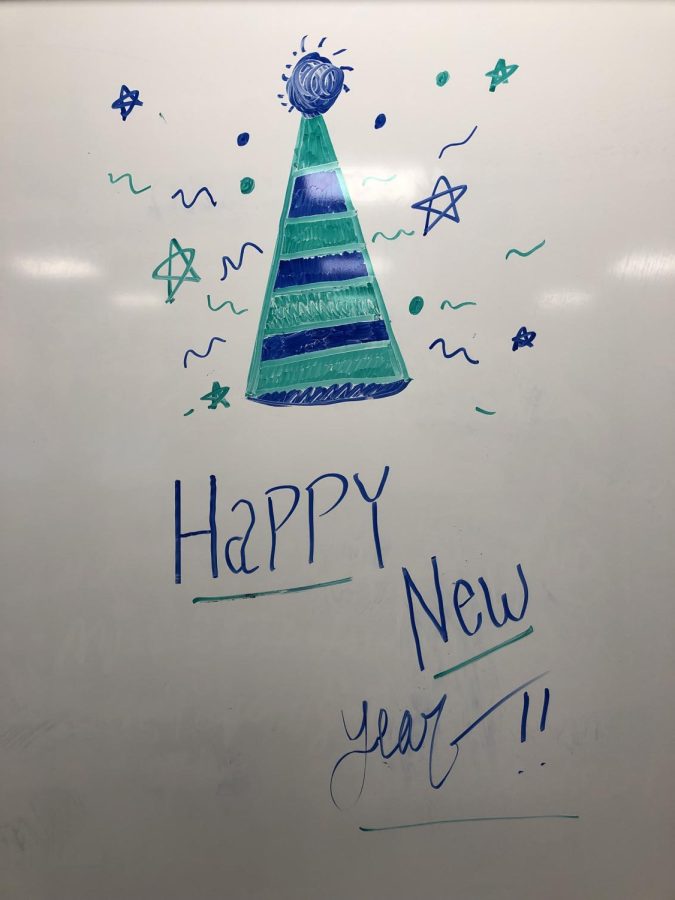New Year’s Resolutions: How to Stick to Them
At the start of each year, millions of Americans create resolutions to improve themselves. Each year, these resolutions inspire people to set and achieve goals. Each year, however, most of these resolutions resolve to dust in the wind only a few weeks into the new year. Does this show that most people are incapable of reaching their goals? Absolutely not. It only shows that most people do not know the three steps to set, and stick to, resolutions.
Step One: Set a Goal
The first and most important step to setting your New Year’s resolution is choosing only one that is realistic and very specific. Don’t create a goal that you know is beyond your limits. Odds are, you can’t learn an entire language in a few months, but you probably can learn some very basic phrases and words. But how many phrases and how many words? This is when you need to be specific. There are hundreds of basic phrases and words that fall under hundreds of categories. Attempting to learn all of those phrases and words would be a nightmare, but learning five to ten phrases and five to ten words within three months seems more reasonable. Making achievable and clear goals gets you one step closer to reaching them.
Step Two: Tell Others
Now that you’ve made a goal within your reach, you need to tell others what you hope to achieve. Being held accountable for your goals will motivate you to work towards them. Those you’ve told can check in to hear all the new phrases you learned and encourage you to learn more. On top of extra motivation, you will no longer be alone as you follow through with your resolution. Others can listen to your frustrations with a tricky phrase or a strange word and make sure you keep pushing forward. Those around you won’t let you fall behind and give up.
Step Three: Monitor Progress
The last step to staying on track with your resolution is to monitor your progress. Keep a tally of how many phrases and words you’ve learned compared to your goal. There are endless ways to do this but some are: making numbered lists of what you’ve learned, keeping a calendar and marking what you learned every day or week, or writing in a journal to describe how far you’ve come since you started. Tracked progress is tangible feedback showing how close you are to your goal and how quickly you’re getting there. Knowing where you are in your journey allows you to adjust how, and the pace at which, you’re reaching your goal.
Following the steps above will ensure that you will follow through on your New Year’s resolution.










